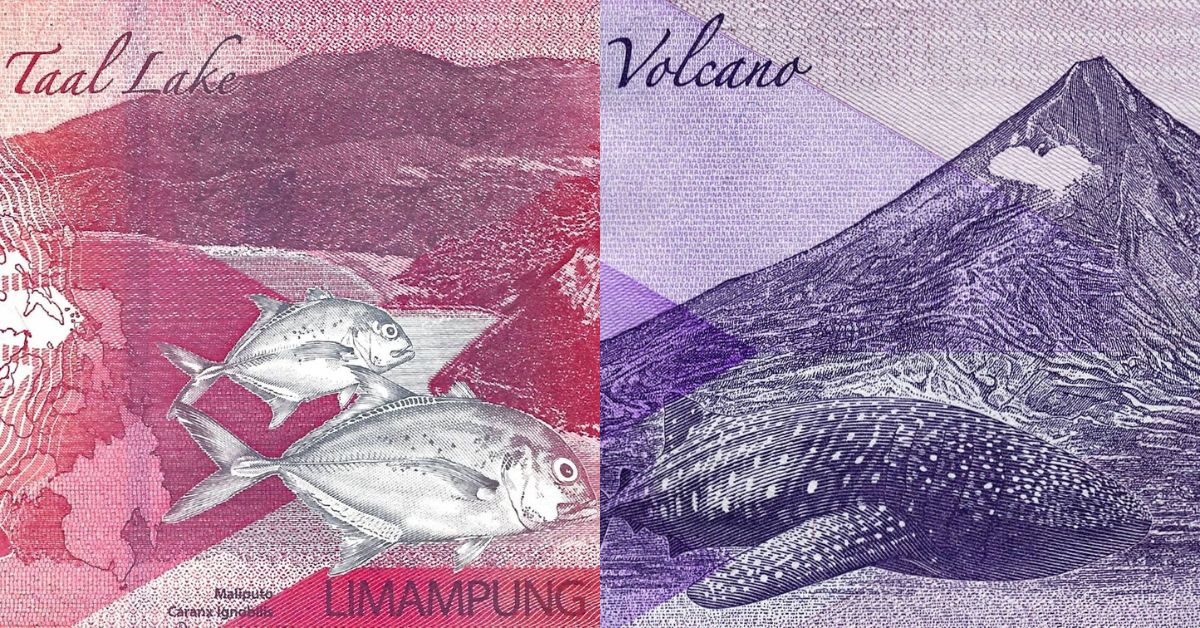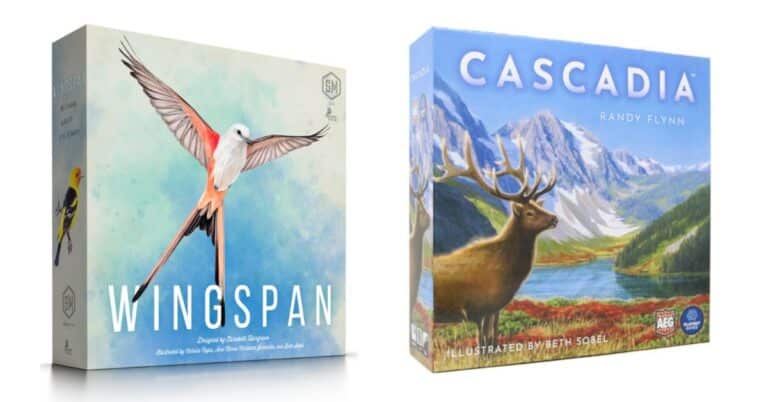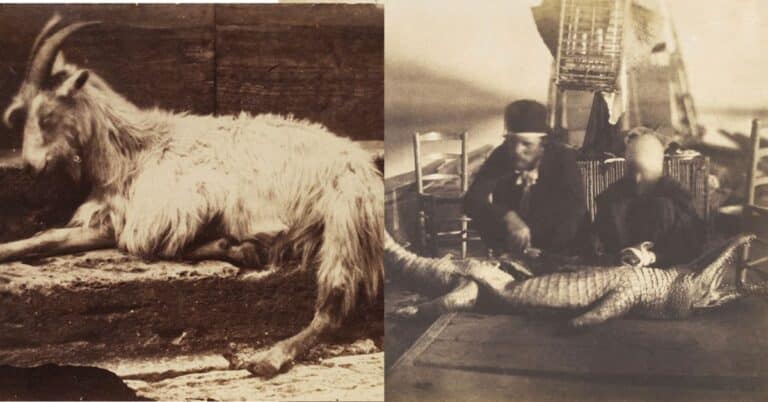The Exotic Wildlife Found on Philippine Piso Bills
Much credit should be given to the Philippines government for the attractiveness
of its currency. Each coin and bill is distinct and easy to delineate. Each paper
denomination comes in a nice pastel color that makes it collectively one of the
most attractive paper currencies in the world.
In the Philippines, residents and visitors usually find it fast and easy to grab the
right currency denomination as needed in exchange for goods and services. This
makes a huge difference whether they are buying street food or visiting a local
casino, looking for no deposit bonuses like free chips .
What’s really interesting about the paper currency is the graphic design of each
bill. The front of each bill depicts a historical leader, usually a current or prior President. What’s unusual about each denomination is the way the back of each
bill depicts the exotic wildlife that can be found in or among the 7000+ Philippines islands.
In the following sections, the wildlife that is being depicted for each denomination will be discussed.
The 20-Piso Bill – The Asian Palm Civet
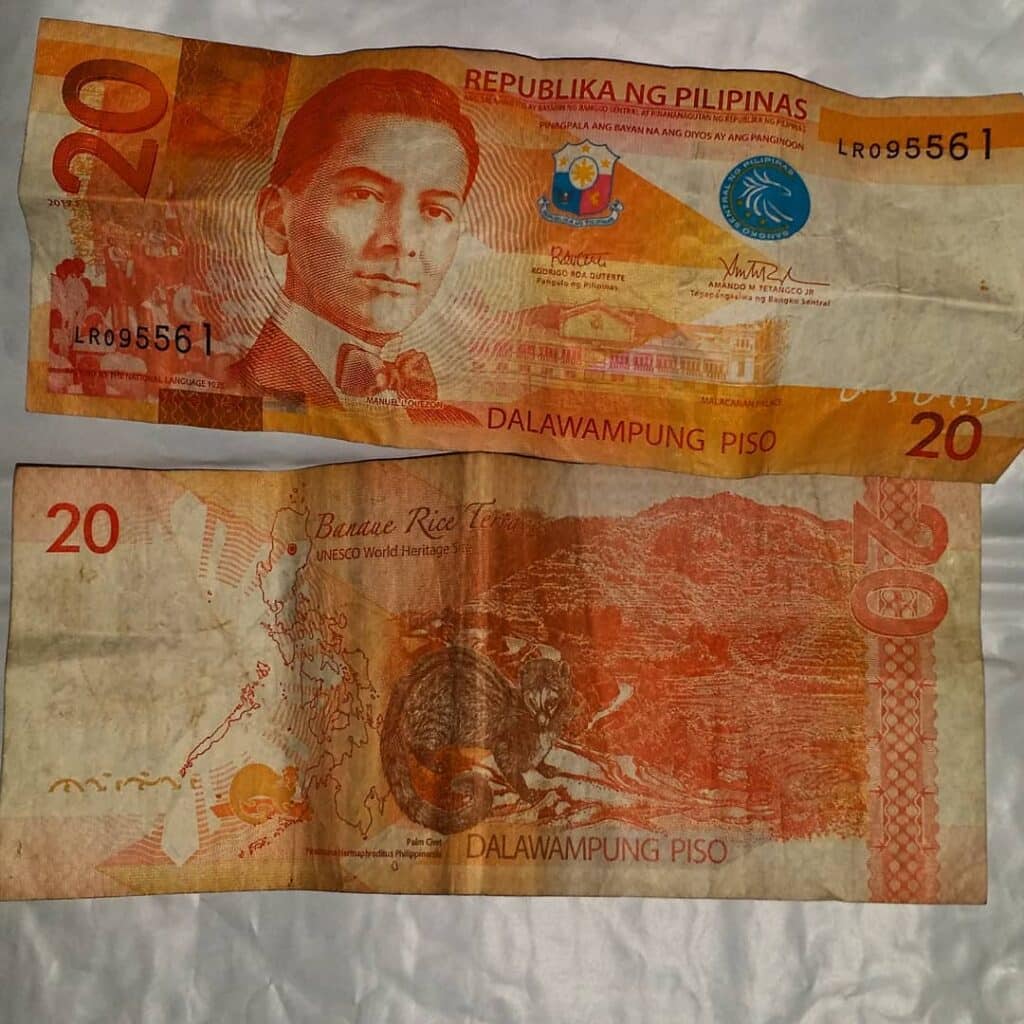
Against the backdrop of a pastel orange bill, the Asian Palm Civet is presented
among the Banawe Rice Terraces that are native to the Philippines. Its scientific name is Musang. It’s often referred to by its nickname “weasel cat” and its appearance resembles that of a possum with a large tail.
The Musang is reclusive, nocturnal, and known for the oil it secretes from its civet glands. This oil is often used in the production of a unique blend of coffee that tastes a bit like cherries, a favorite food of the Musang. Alert: Coffee producers extract the oil directly from the creature’s feces.
The 50-Piso Bill – The Maliputo
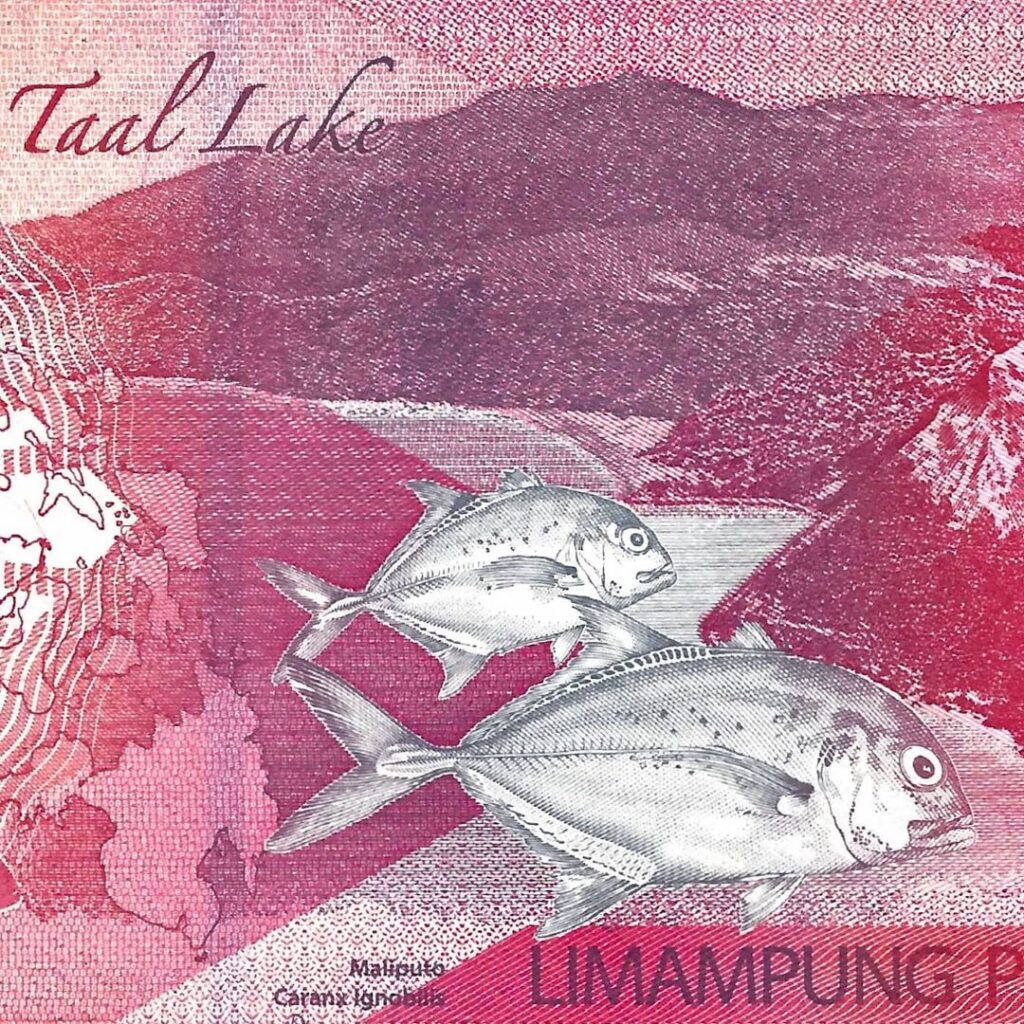
The 50-piso bill is presented against a pastel red backdrop. The maliputo is a large predatory fish that is native to Taal Lake, which is also depicted in the background. Taal Lake and the Taal Volcano are located in the province of Batangas, just south of the Metro Manila area.
Weighing in as large as 80 kilos, the maliputo is served as a delicacy in the Batangas region, which is famous for its proximity to some of the best diving sites in the Philippines. Due to commercial fishing extraction and low reproduction numbers, the maliputo might soon land on the endangered species list.
The 100-Piso Bill – The Whale Shark
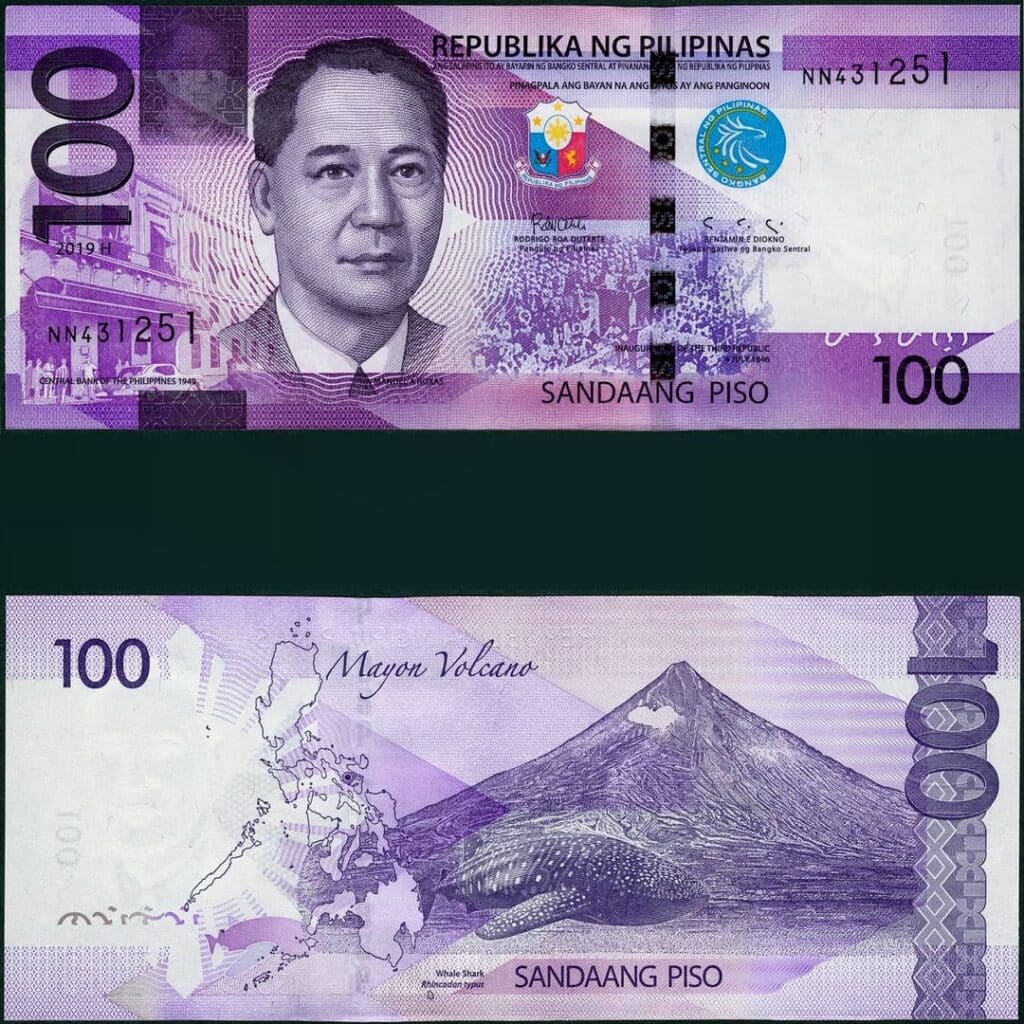
The 100-piso bill comes against a beautiful pastel purple/violet backdrop. The
Mayon Volcano is among the most majestic volcanoes in the Philippines if not
the world. It’s here that one of the world’s largest fish species can be found
patrolling the waters. That would be the whale shark, which can reach 5.5 to 10
meters or 18 to 32.8 ft in length and as much as 20.6 tons or 18,688 kilograms
in weight.
While not yet on the endangered species list, the whale shark is not available for
commercial fishing purposes. It’s noteworthy that this gentle beast is a notable seasonal tourist attraction in the Leyte and Sorsogon regions.
The 200-Piso Bill – The Philippine Tarsier
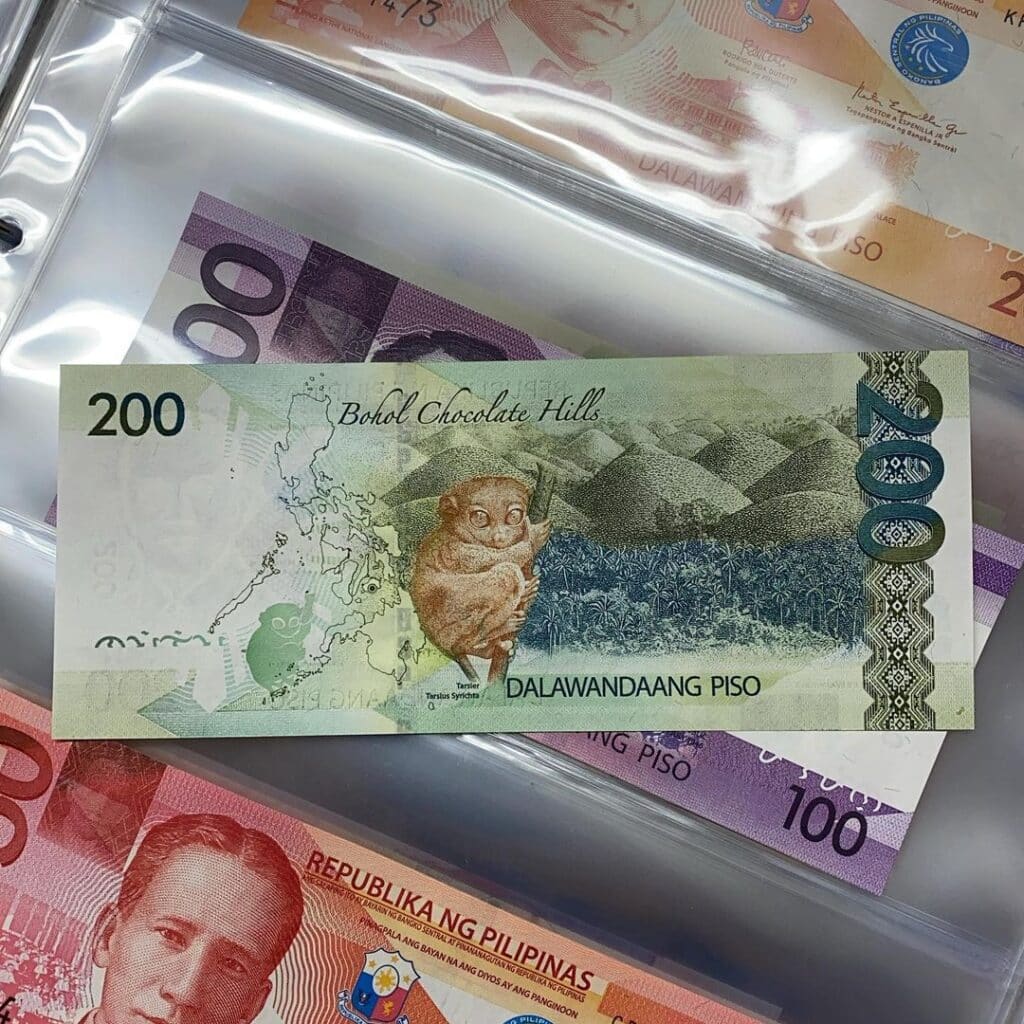
A very nice pastel green background catches the eye. It serves as the backdrop
for the Philippine tarsier. On the bill, this strange-looking creature is depicted
among the trees of Bohol’s Chocolate Hills. Bohol is one of the top tourist destinations in the Philippines.
The best way to describe this small primate is as follows: its size fully-grown
ranges from 3-6 inches or 10 to 16 centimeters. Its large eyes are fixed in its
skull, unable to move. Its most prominent feature is its elongated fingers, which
serve as tree-climbing and grooming tools. The tarsier population has diminished
to between 5K and 10K.
The 500-Piso Bill – The Blue-naped Parrot
A pale pastel yellow serves as the backdrop for the blue-naped parrot. Dressed up in vibrant colors, it’s the parrot’s blue crown that accounts for its name.
The blue-naped parrot is native to the Puerto Princesa Subterranean River National Park, which is also depicted on the bill. They travel in large flocks and are known to be very social around humans. This is yet another Philippines species that belongs on the endangered list due to human intervention.
The 1,000-Piso Bill – The South Sea Pearl Oyster
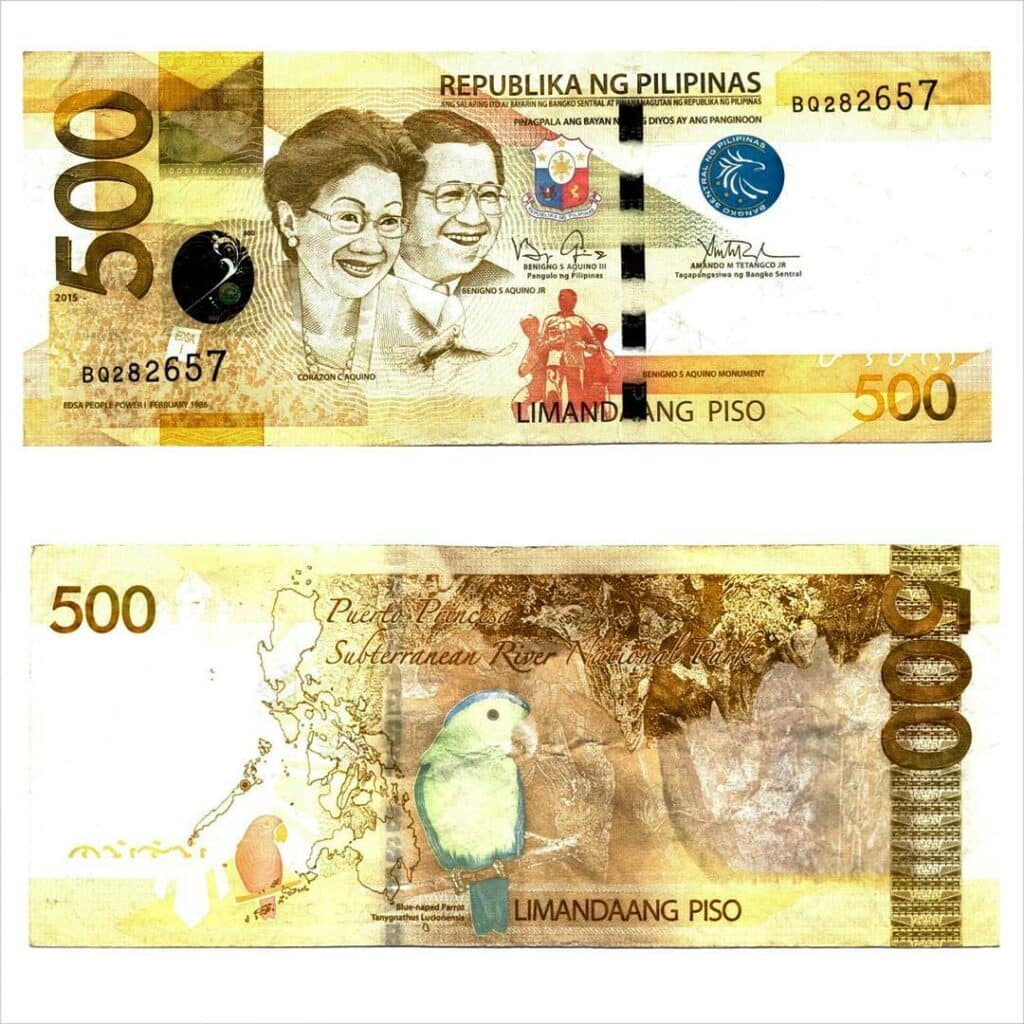
The 1,000-piso bill is the largest in circulation in the country. The backdrop has
been done in a nice pastel blue. The South Sea pearl oyster or Pearl of the Orient is officially recognized as the country’s national gem. It’s not a coincidence that the largest denomination was chosen for the pearl’s presentation. On the bill, the pearl is depicted in an open oyster that is located around the Tubbataha Reefs Natural Park.
Conclusion
The Philippines is a beautiful country. It starts with some amazing wildlife and runs all the way down to the country’s currency.

Having discovered a fondness for insects while pursuing her degree in Biology, Randi Jones was quite bugged to know that people usually dismissed these little creatures as “creepy-crawlies”.

